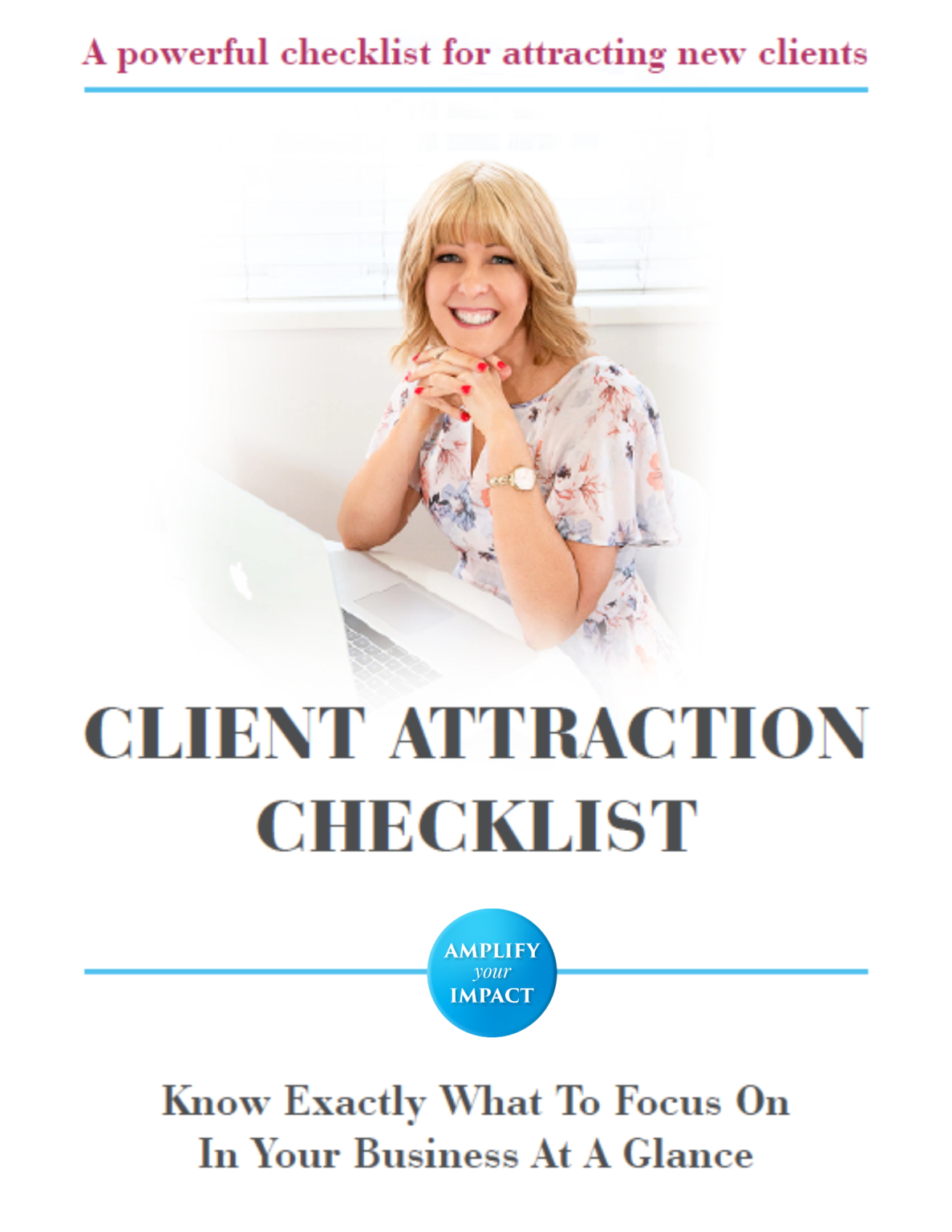Your words matter. You have skills and knowledge that people need and you can use your words to change worlds.
The challenge is, your content is getting lost in a sea of noise on social media.
Content is quickly flicked on past if our words aren’t engaging and compelling.⠀
Writing great marketing words (copy) that connect with the right people is SO essential for attracting clients to you.
Not just any clients, but the right quality clients.
Having content that speaks directly to your ideal client is more important than having great design. In fact, 80% of your marketing success comes down to the words you use.⠀
If you don’t have the skill of being able to write effective copy, then all of your marketing efforts can fall flat.
This is so sad because you have so much brilliance inside of you that the world needs.
Really the test to see if your content is working or not is to ask: is your content getting people onto your landing pages where you can help them further?⠀
Likes are not the goal. Helping people is the goal.
In order to stand out, you really have to craft your message in a way that is compelling.
Good copywriting hooks people in and makes them want to read more. It invokes curiosity and enables you to speak directly to your ideal clients using words that really connect with them.
Words change us. If you think of times in your life where you’ve changed your life for the better, it’s because of the words that have been spoken over you. Or it’s the words you’ve read and the words you’ve told yourself.
If you post compelling copy consistently, you’ll be way more likely to help people move along the journey towards working with you. And then you can help them even more.
Copy is a skill that we need as business owners, to write words that stop the scroll, connect directly with our ideal clients and provide value. ⠀
Like all skills, copy skills are learnable. Because effective copy is a science, not a guessing-game.⠀
So how do you write great content, even if you’re not a great writer?
Here are 3 powerful ways…
1 – Share Content Based On Your Uniqueness
 No one else has your stories, your experiences or your uniqueness.
No one else has your stories, your experiences or your uniqueness.
A lot of people are posting ‘How To..’ or ‘Three Steps To…’ posts.
But people can look those things up on Google if they want. You want to include helpful information, but people also want to hear about YOU as well.
Choose simple stories. They don’t have to be a whole hero’s journey for short social media posts.
You could share a little light bulb moment that you had, a little epiphany, a realisation or a metaphor.
It doesn’t have to be complex. An example post could be that you were out walking today and came across a sign that said ‘yes’ and it really got you thinking about the time that you said ‘yes’ and it changed the whole direction of your life.
So you just tell a little story from behind the scene of your life. Stories create emotion and people make decisions based on emotion, not logic.
Inject your personality and some visual verbs into your story that really bring your story to life. Visual verbs are painting a picture or describing some kind of sensory experience where someone can feel it, sense it and see it in the movie screen of their mind.
Sharing content based on your uniqueness is powerful and it overcomes barriers that people may have. If you don’t tell people about you, then people are assuming things about you that may not be true.
Your audience needs to know about you and your services before they will take that next step towards you. So it’s not just sharing content on a topic, it’s sharing about you.
Your content can educate people not just on a topic, but educate people around your way of thinking and your opinion on things. It helps educate people on your take on life, what you stand for and what you stand against.
Take time to think about how you can show your uniqueness and authentic side by being vulnerable and pulling back the curtains of your life.
Vulnerability takes strength. Anyone can just hide things away and be fake, be super logical and just share steps in a process.
When you share stories, you’re letting people in on your life. As humans we love sharing and hearing stories. We’ve been listening to stories since we were little children. Stories connect people in a way that information alone cannot.
You don’t have to be an expert storyteller, but you do need to share snippets from your life.
If you think about your friends, you share stories with each other, right?
When you have a catch up with your friends, you don’t say, “Let me teach you 3 tips on how to get xyz”. We don’t usually talk to our friends like that.
To connect with your audience, imagine them as friends that you’re sharing cool stuff with.
2 – Help People Close The Gap
 There’s always a gap between a person’s current state and their desired state. You can help people close the gap with your words.
There’s always a gap between a person’s current state and their desired state. You can help people close the gap with your words.
This is where it’s important to know your ideal clients really well, so you can identify the gaps, so you know how to close the gaps.
Think of each piece of content as closing the gap your ideal client has, that is keeping them from moving forward into their desired state.
There might be multiple steps that you need to close the gap. Some people watch loads of my Facebook Live videos before they contact me about working with them. Other people watch one video and decide they want to work with me.
Everyone has a different time that it takes to trust you and to be educated by you. This is where I often see people make one of the biggest mistakes.
I see people put their offers of 12 week programs on their social media, but they haven’t spent the time to educate people and connect with their ideal clients.
There is way too big a gap for people to just jump from an initial meeting of you online, to signing up to a long program. It’s like you’ve never met someone before and already you are asking them to marry you.
There are 3 ways of closing the gap for your ideal clients.
1- Teach your ideal clients something new that they’ve never learned before.
2- Remind them of something they already know and may not have implemented in their life.
3- Help people see things from a different perspective.
When you’re thinking about creating content ask yourself these 2 big questions:
1- How can I help my ideal client to overcome their resistance to change and their resistance to taking action?
2 – How can I help them overcome their biggest objections to investing in themselves?
3 – Share A Thought-Provoking Question Or Statement
 Thought-provoking questions and statements are so powerful for hooking people in.
Thought-provoking questions and statements are so powerful for hooking people in.
Questions draw people in. For example, if you share a photo of an event. You can either say that it was an amazing event, or you could say, ‘Do you love the energy of a live event?’ Or you could say, ‘What’s one of your favourite things about going to a live event?’
If you want to get engagement, you might share a few tips and then ask a question like, ‘What was your favourite tip?’
I just did this at the end of my Zoom session was my Inner Circle group, where I was sharing about how to create a quarterly business plan. I said, ‘What have you guys found that help keep you motivated?’
We all shared and gave each other tips around goal setting, which was super powerful. Questions are a very powerful way of getting interaction with your content.
Thought-provoking statements are also very powerful. When it comes to an email, you want to start with some kind of shocking statement that makes people stop the scroll and read more. It could be something like an intriguing fact or a bold statement. It has to be compelling and engaging.
The more you take time to craft your content, the more people will engage with it and share it.
When I’ve taken the time out to really think about my content and really get into my audience’s or ideal client’s shoes, that’s when I really start to connect with people and they then reach out to me and book in on my calendar for a session.
Creating compelling copy is such an essential business skill and so many business owners haven’t been taught it. I didn’t realise the importance of it for years. So much wasted time!
But I figured out a formula that I now use and teach my clients, which really can speed up your ability to write great content.
I’ve now written so many landing pages and sales pages that have made me tens of thousands of dollars, through learning strategies and structures from some of the best copywriters in the world.
I’ve designed a new 1-day, free online event that I’m offering to a limited number of people for free!
I’ll be sharing a proven compelling copy formula that can save you sooo much time and confusion.⠀
You’ll get a step-by-step compelling copy formula, my winning psychology-based copywriting secrets, a compelling content creation guide – including the exact words and phrases to use and NEVER use… and loads more.
Plus you’ll get some awesome bonuses (like my compelling copy tool kit valued at $97) just for attending the event live!
I’ve charged for this event in the past, but recently it’s really been on my heart to help coaches and consultants develop the skill of effective copy so they can help more people and hit their income goals this year.
I’d love to help you up-level in this crucial business skill… so you can help more people – and make 2021 the year where you get fully-booked with quality clients!
Click here to find out more
See you soon,
Kat
P.S I’m not offering a free recording of this event, so make sure you show up live!
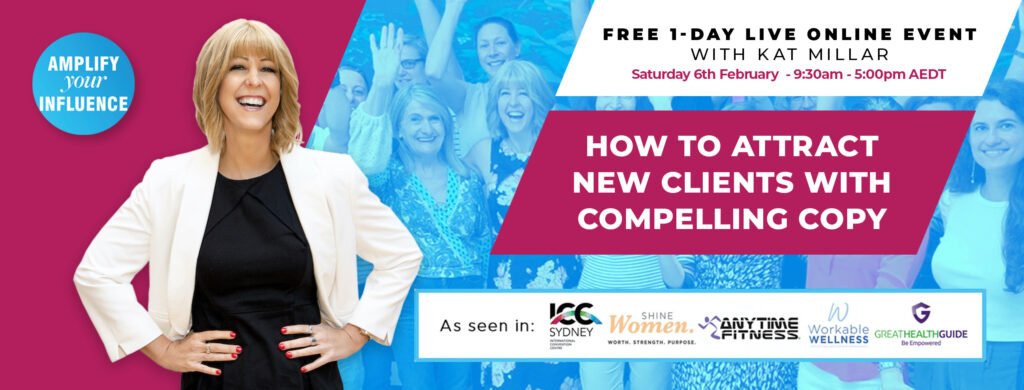
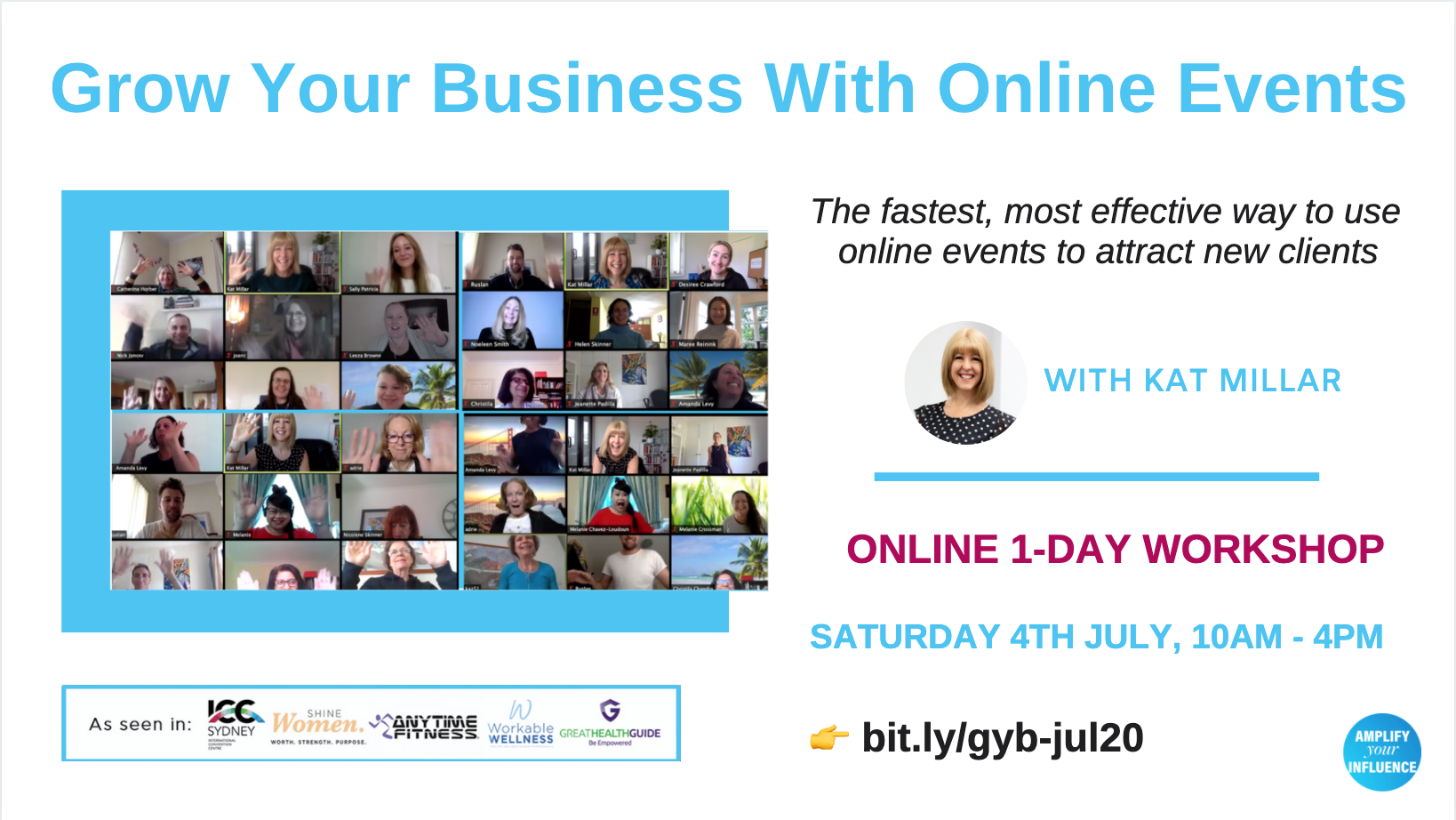
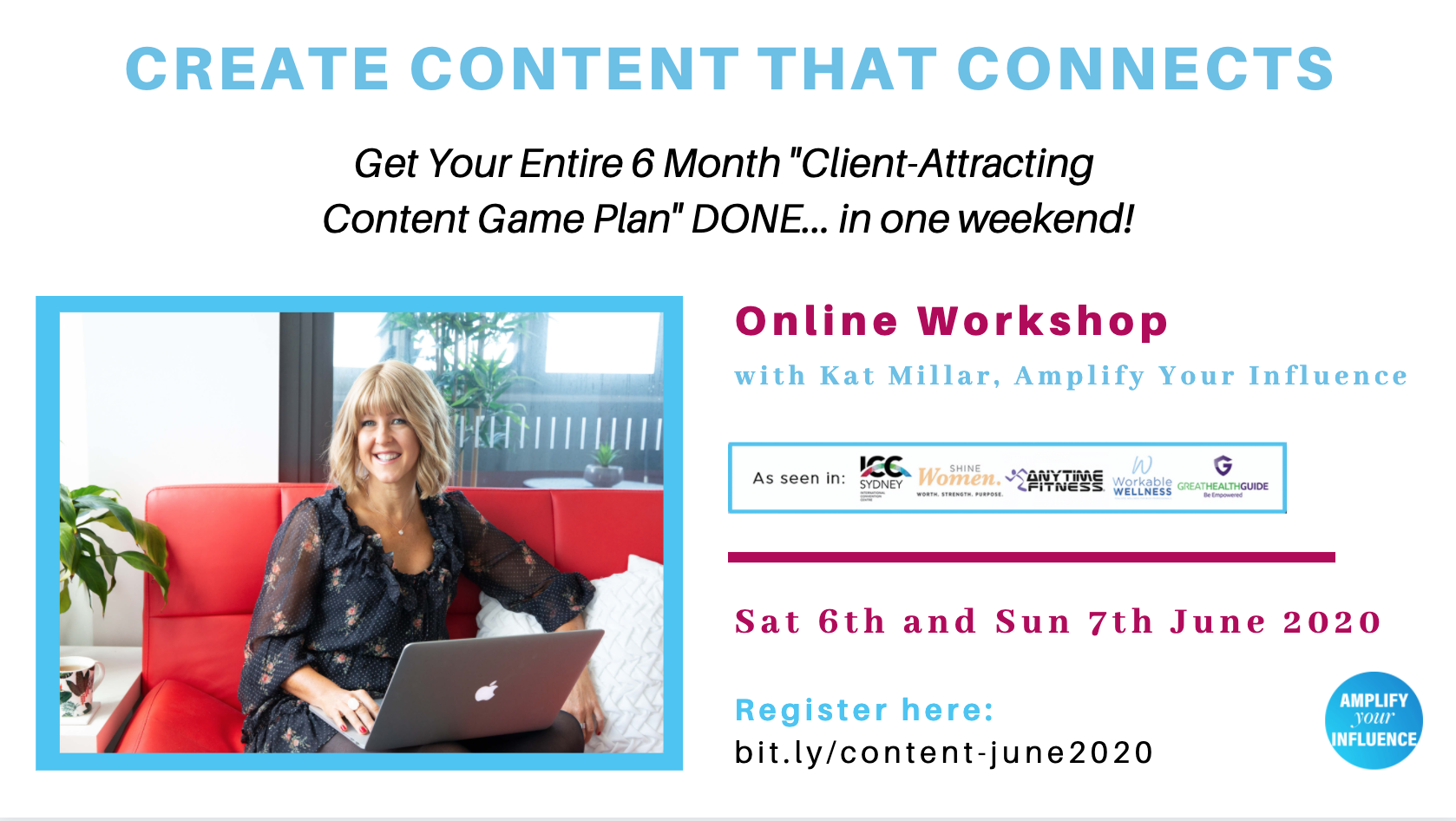

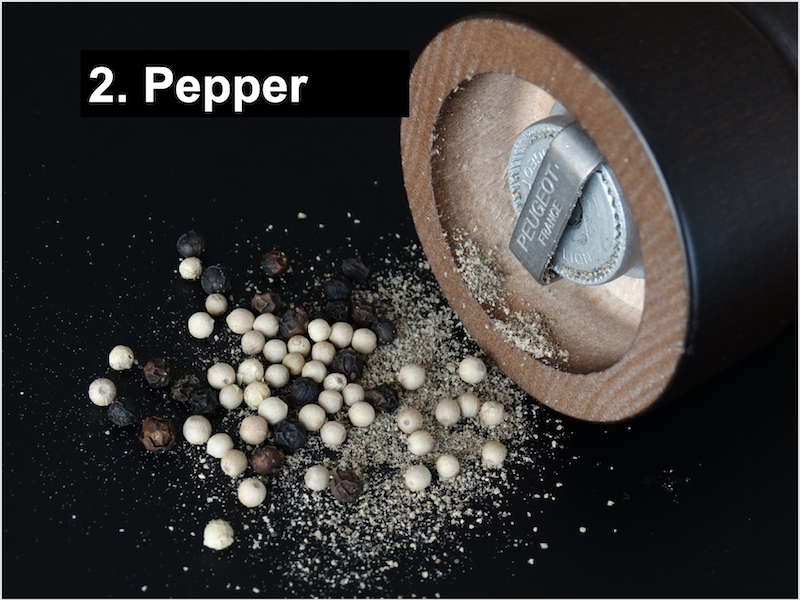
 Number Three is positioning. Position yourself as an expert in your area and an authority to be taken seriously.
Number Three is positioning. Position yourself as an expert in your area and an authority to be taken seriously.
